Nasal deviation surgery (septoplasty) is also known as cartilage curvature surgery. On average, a third of adult patients complain of chronic nasal congestion. The nose, which has a critical role in the respiratory system in the body, is divided into two by bone and cartilage structure. If curvature occurs in this structure called septum, critical problems may occur in breathing. Therefore, it is extremely important to correct the curvature of the patient's nose.
Septoplasty operation can be performed for different reasons. First of all, the surgeon checks to see if the complaint of nasal congestion is caused by cartilage curvature in the nasal structure. Then it is decided to carry out the operation and the methods. The methods applied are determined by the physician taking into account the patient's problems, medical problems and patient's condition (age, chronic diseases, etc.).
What is Septum Deviation?
Septum is the name given to the thin part of the body that medically divides organs or cavities into different parts. The bone and cartilage structure that divides the nostrils in two is also referred to as the nasal septum. The nasal septum is surrounded by a layer of mucous memranes. Another name for deviation is nose curvature. Septum deviation in the patient refers to the curvature of the nose. 80 percent of people have septum deviation, but this does not cause any complaints in most people.
The most important factor in the formation of deviation is nasal traumas. It is possible that this trauma occurs in the womb or after childbirth. All traumas, whether large or small, in childhood, can trigger different growth points of the nasal septum, leading to obliqueness. The state of deviation also varies depending on which direction the trauma is in and what violence it is. Some curvatures may not be noticeable when some are noticeable from the outside.
What Area Is Nose Deviation Looking At?
Patients suffering from nasal deviation problem should seek help from the ear, nose and throat (ENT) area. This part of hospitals deals with the nose, an upper respiratory tract element. The ear nose and throat (ENT) specialist examines the complaints and decides whether to perform septoplasty. However, if aesthetics are involved, the plastic surgeon and the ear, nose and throat specialist can work together.
If the patient has breathing difficulties due to the curvature of the nose, the cost of the operation is covered in public hospitals. However, when aesthetics are involved, an extra fee may be required, as with any plastic surgery. The operation is simple enough to be performed in a sterile operating room. A competent ear nose throat specialist solves the problems experienced by the patient together with the surgery, ensuring that the nasal deviation is eliminated.
What is Nose Deviation Surgery (Septoplasty)?
Nose deviation surgery (septoplasty) is an operation performed due to the curvature of the structure consisting of bone and cartilage that divides the nose into two parts. The patient has trouble breathing due to nasal curvature. Septoplasty corrects this deviation in the nose and completely normalizes respiratory activities.
Septoplasty operation regulates the bone and cartilage tissue of the nose, however, rhinoplasty involves shapely correction of the nose. Unlike septoplasty, it is related to the external structure of the nose. The success rate of the operation is quite high, so it is widely carried out around the world, including in our country. No food is eaten or liquid, including water, is consumed for at least 6 hours before surgery.
How is Nose Deviation Surgery (Septoplasty) performed?
Septoplasty is applied as a treatment method in cases where nasal deviation is present in the patient. Depending on the patient's condition and the content of the operation, the physician may perform general anesthesia, local anesthesia or sedation during the procedure. Nose deviation surgery (septoplasty) is completed in 30 minutes on average. The physician reaches the septum in the lower part of the mucous memary by making an incision in the nose. Bones are removed or filed according to the situation as necessary.
Standard closed technical septoplasty is performed if there is no extreme curvature of the cartilage, which forms the anterior part of the nasal septum and is not close to the nasal back. Open technical septoplasty is preferred if the nasal curvature is vertically opening or advanced. If the operation takes place in a closed manner, the success rate is significantly reduced. However, re-performing the surgery is extremely risky as there are not enough cartilage left in the nose.
Nose Deviation Surgery (Septoplasty)
In order to be diagnosed with nasal deviation surgery (septoplasty), the physician primarily listens to the patient's history and performs physical examination. Endoscopy is provided to diagnose septum. The endoscope is a 2.7 & 4 mm thick instrument with light and camera at the end. The examination is completed painlessly. No extra examination is required in the diagnosis of nasal deviation. Physical examination is mostly sufficient.
Since septoplasty will be performed, a CT scan is performed to check for other nasal problems. The operation can be applied to all individuals whose bone and cartilage development has been completed and there is no upper age limit. However, it is done from the age of 17 – 18 years for boys and 16 – 17 years for girls. If the difficulty of breathing reaches advanced dimensions, nose deviation surgery can be performed on children. This is called 'child septoplasty'.
What are the Advantages of Nose Deviation Surgery (Septoplasty)?
Nose deviation surgery (septoplasty) eliminates the patient's breathing difficulties. In this way, it provides a critical advantage. At the same time, the elimination of respiratory problems prevents snoring, sleeping with the mouth open, constant nasal discharge, chronic headaches and frequent sinusitis infections. In this way, the quality of sleep increases significantly. The feeling of adhesion and dryness in the throat caused by sleeping with the mouth open is also eliminated.
Frequently recurrent upper respiratory tract infections are prevented and recurrent bleeding ends. Since it often causes problems in smelling, after the deviation is corrected, the patient begins to smell better. The pain in the face area stops. Nasal deviation can indirectly cause lung or heart conditions, septoplasty prevents this condition.
Process After Nose Deviation Surgery (Septoplasty)
It is perfectly normal to have a slight pain in the nasal area after nasal deviation surgery (septoplasty). It is usually removed with painkillers given by the physician. Since no procedure is performed on the upper part of the nose, swelling or bruising does not occur in the nose after septoplasty. After the operation is finished, flexible tampons are placed inside the nose. These tampons, called Doyle splints, are made of soft silicone. The middle parts are shaped in length so that if they are not clogged with mucus or blood, there will be no problems breathing.
Doyle splint is taken within 2 – 3 days after septoplasty. If the nasal flesh is also interfered with in the operation, this period is increased to 5 - 7 days. Tampons can be easily removed painlessly in 10 seconds. Some patients may have tampon-free surgery, however, doyle splint is advantageous because it reduces bleeding and adhesion in the nose. It is expected that blood will come from the nose in the form of leaks after the operation. Within 1 – 2 weeks, the wounds bind the shell.
After septoplasty, patients are advised to rest between 7 and 10 days. The patient should avoid performing heavy work that requires effort. No water should be drawn to the nose for 10 days from the day of surgery. Usually, it is possible for the patient to return to work or school life 5 days after the operation is performed, provided that he/she is careful.
https://www.mayoclinic.org/tests-procedures/septoplasty/about/pac-20384670

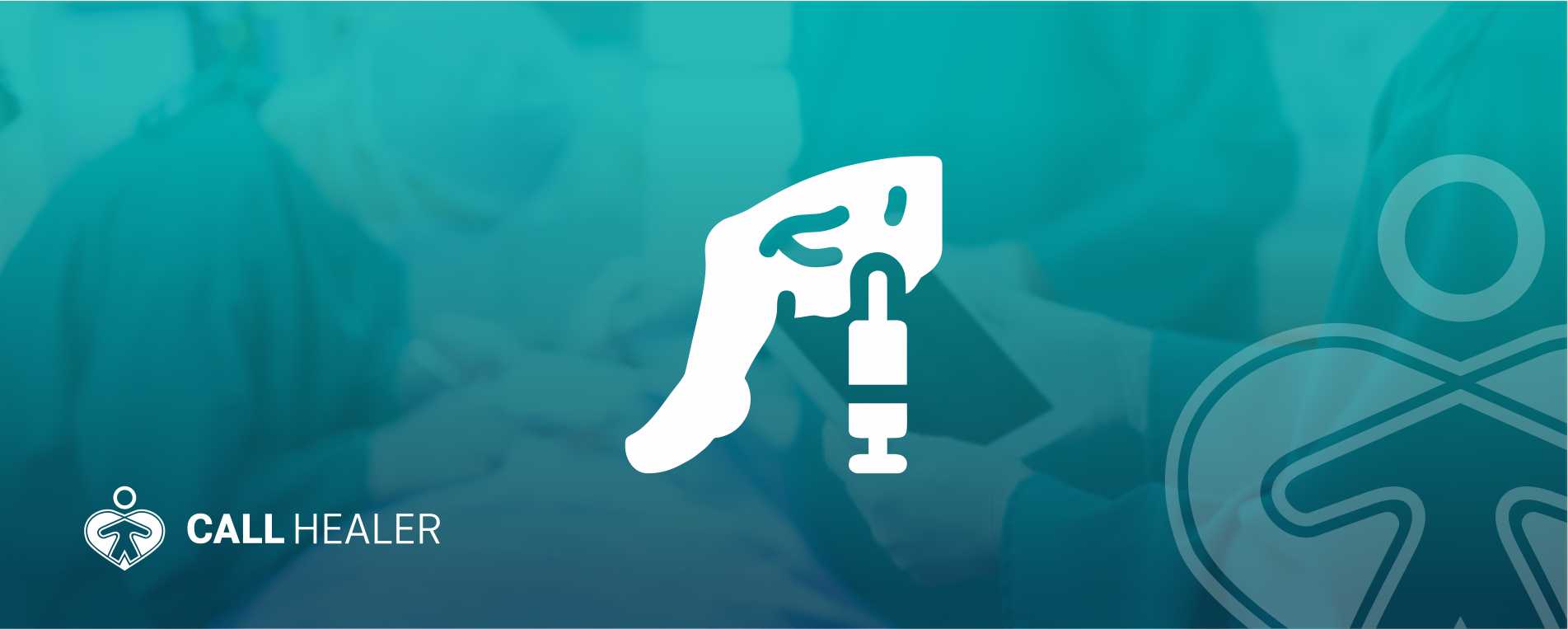
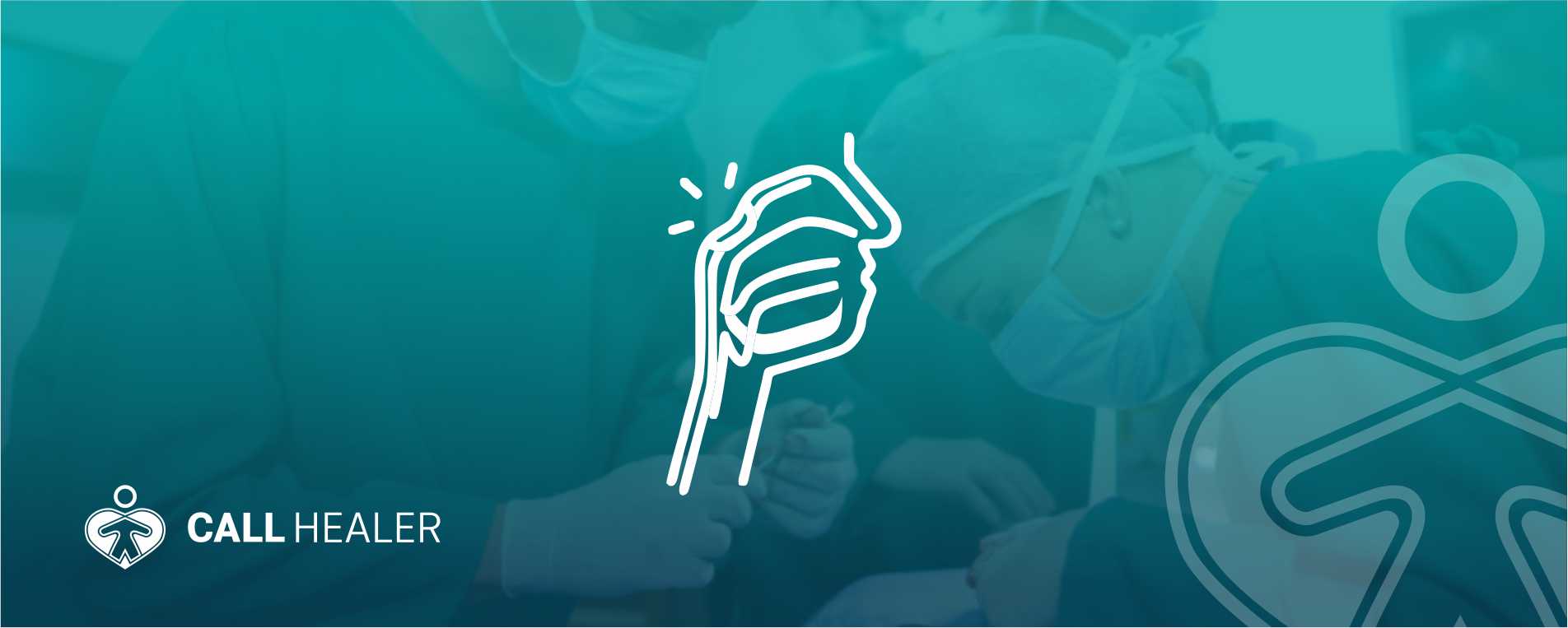
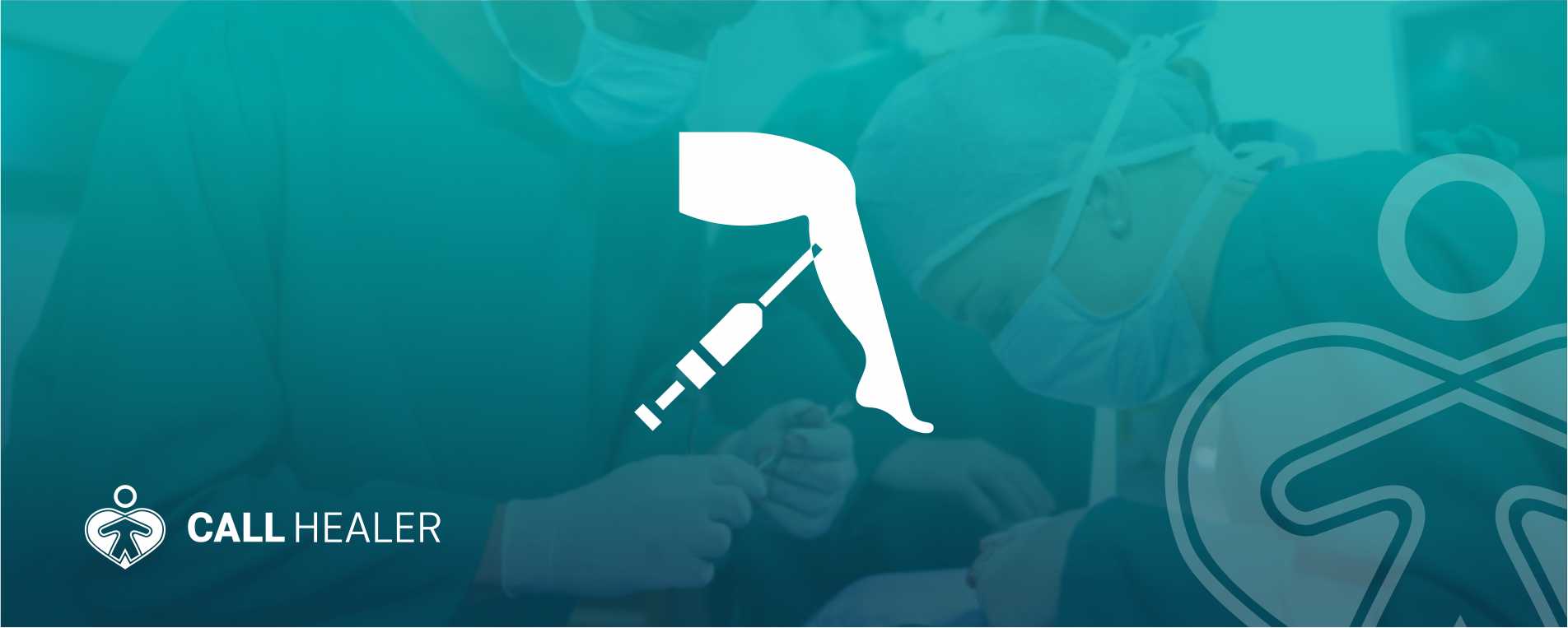
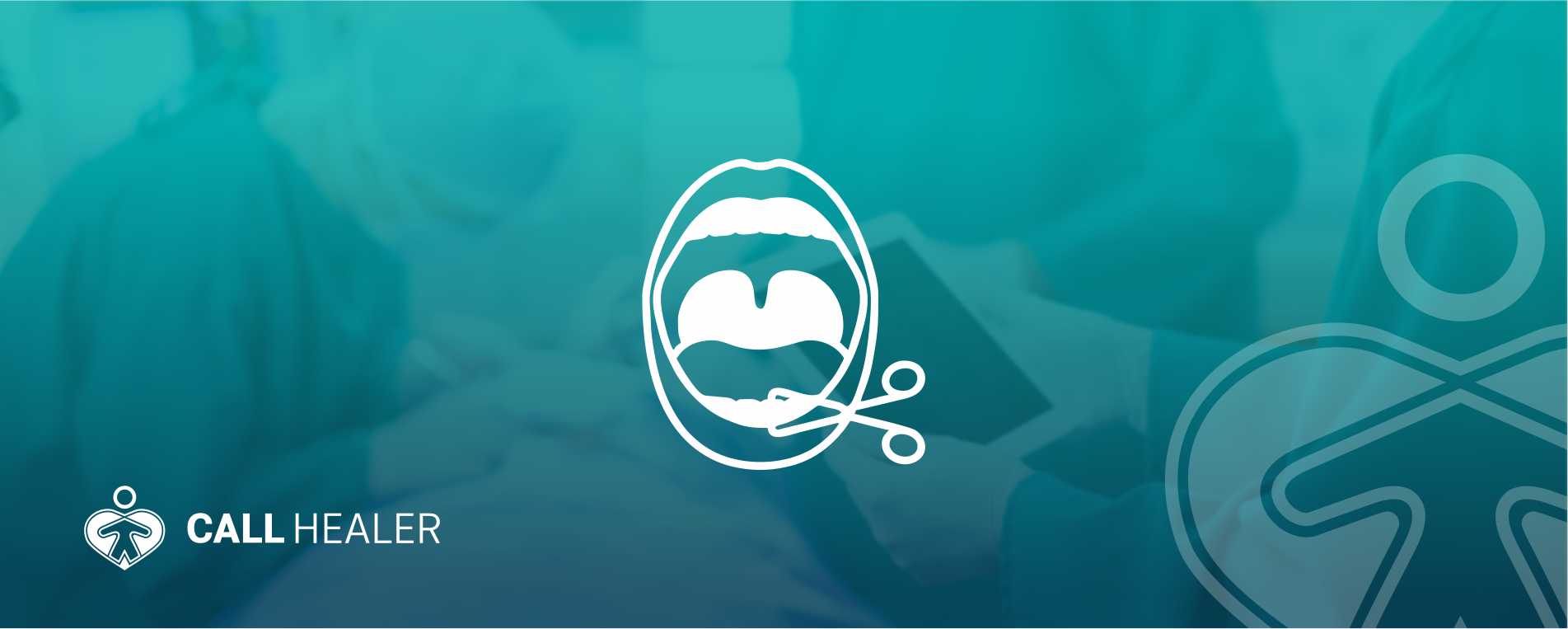
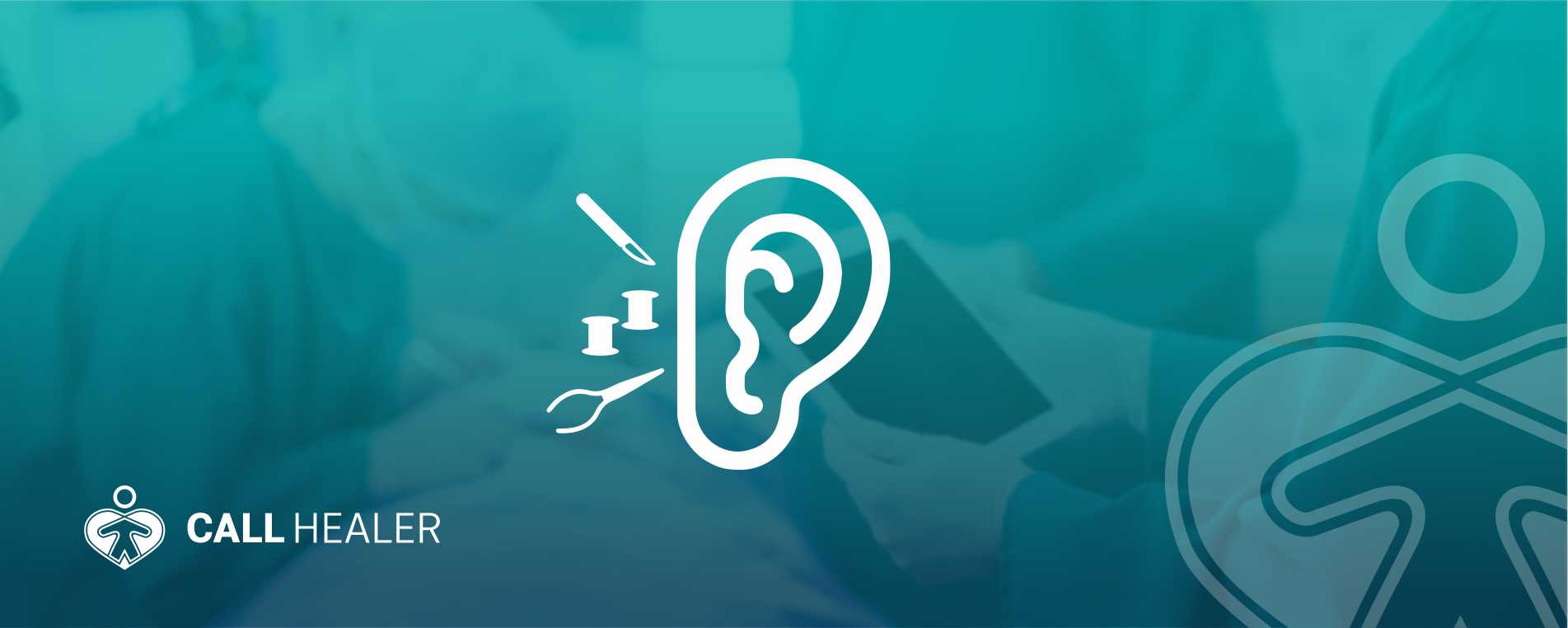
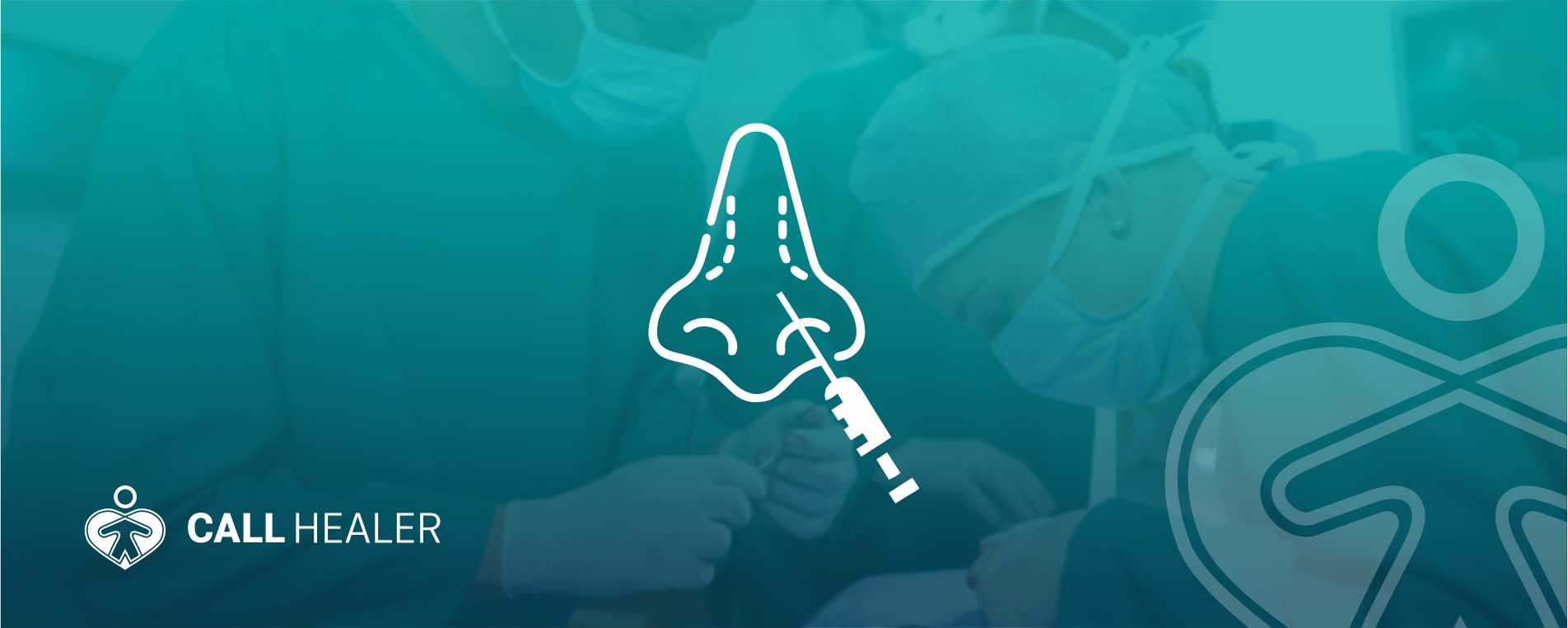
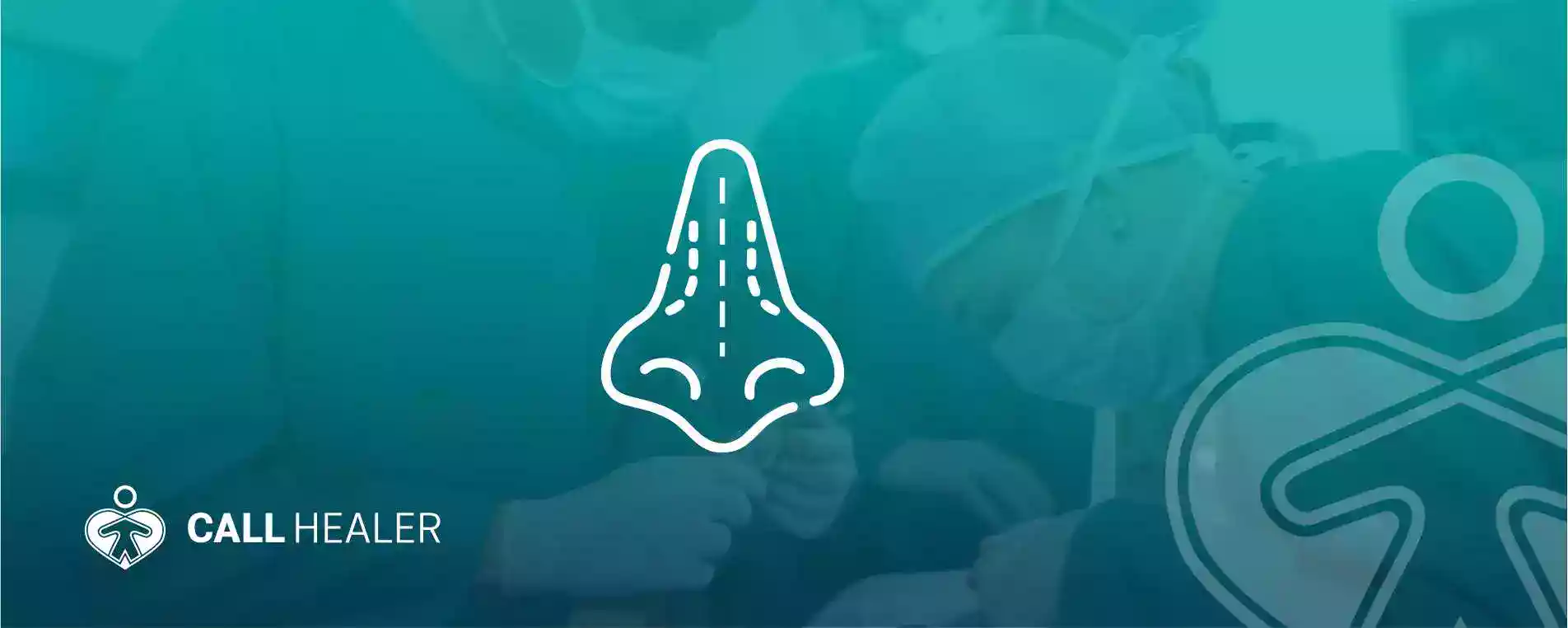

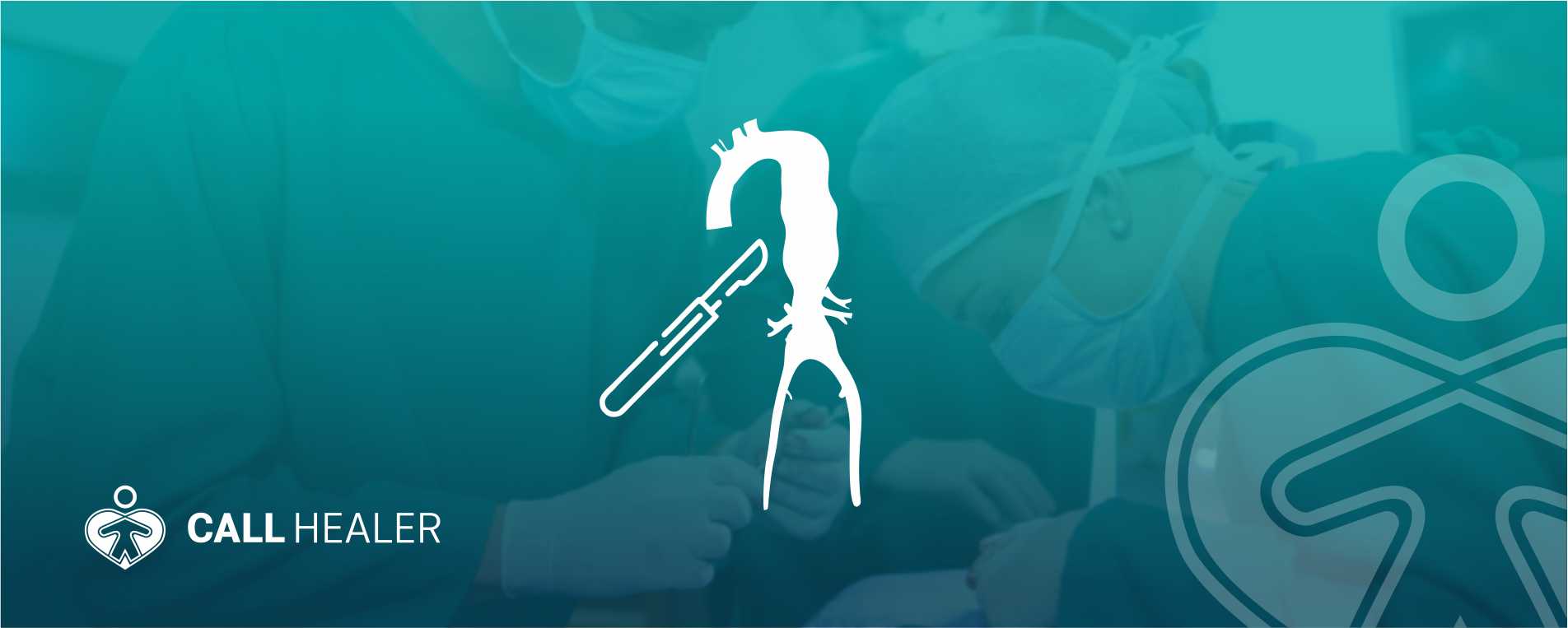
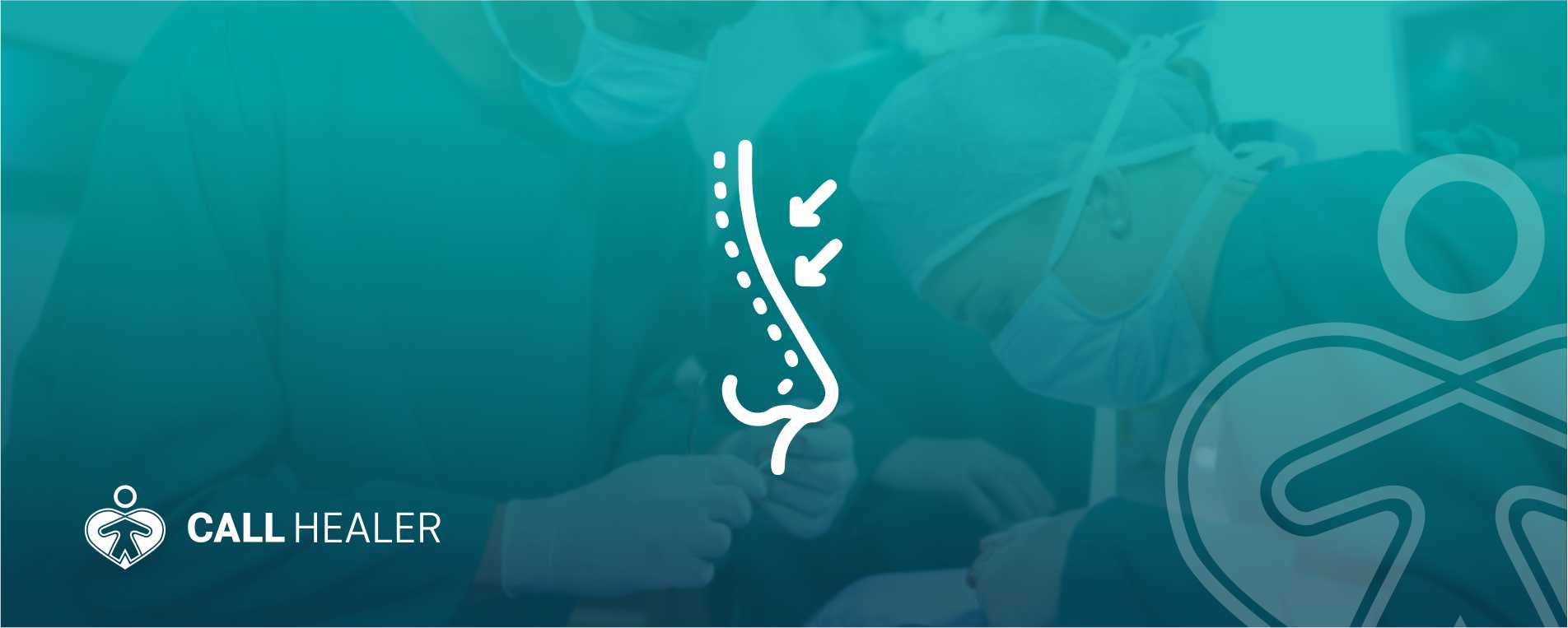
{{translate('Yorumlar')}} ({{yorumsayisi}})